
Strategic Early Alert - April 2003
 |
|
Strategic Early Alert - April 2003
|
| POTENTIAL RISKS | Identifed risks forwhich mitigative action may at times be recomended. |
| Back to Top | Landslides |
Statewide Risk
|
 |
| This month the trend in precipitation follows long-term norms as we move into the spring quarter. While the lower then normal snowpack this winter may suggest lower stream flow and cut bank erosion issues for riverine systems, local managers are encouraged to eveluate privious identified monitoring sites. The lower regions of the columbia river within the Puget Sound Trough have traditionally been area of concern. The graphics below illustate a statewide index combining our past seasonal trend in vegetation growth (a); and an enlargement of that same graphic for the Blue Mountain ecoregion . If interested in future information concerning potential of Landslides, contact: | |||
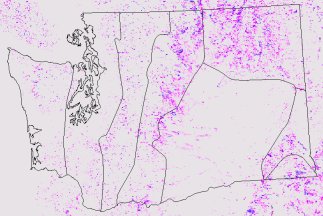 |
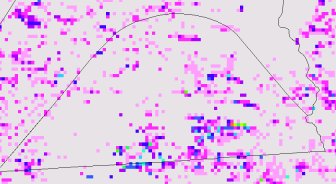 |
||
| More information concerning the remotely sensed data and risk analysis | |||
| Back to Top | Drought |
Statewide Risk
Medium |
|
| As we move into the spring and early summer months the potential for drought conditions increase. The National Wather Service long-term forcast predicts a dryer then normal summer. The images below illustrate areas in the state which may expect to experience dryer the normal condition should our current trend continue (a) and the same graphic information for the upper section of the Columbia river basin drainage. For more information contact | |||
 |
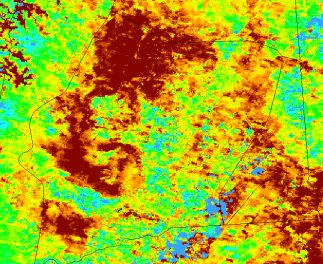 |
||
| More information concerning the remotely sensed data and risk analysis | |||
| Back to Top | Widland Fires |
Statewide Risk
Medium |
|
| The approaching dryer weather increases the risk of wildland fires. The dryer winter and low snow pack combined with an unusally vigorous growth in gerneral in the forested and vegetated lands draws our attention to the potential risks of widland fires. The illustrations below provide a general view of the past trend in vegetation growth statewide (a) and the lower section of the Western Cascades (b). | |||
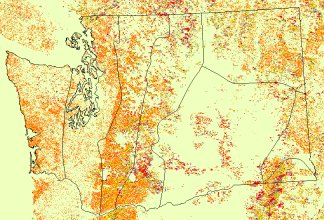 |
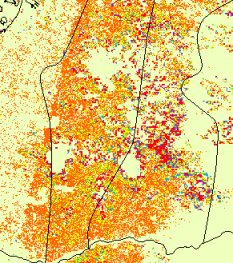 |
||
| More information concerning the remotely sensed data and risk analysis | |||
| VULNERABILITY | These resources are monitored because of their valued to our state environment and economy. |
| Back to Top | Ocean Productivity |
Statewide Risk
Medium |
|
| The coastal and inland waters of Washington at this time of year normally experience coastal currents from the south and nuterient rich waters in the form of river inputs. These condition support the increase activity in photosynthesis which we are now observing. The graphics below illustrate estimates of the variation of primary production in our coastal waters. These conditions are typical for this time of year. | |||
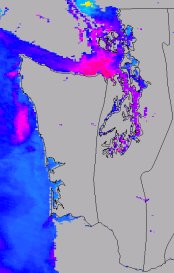 |
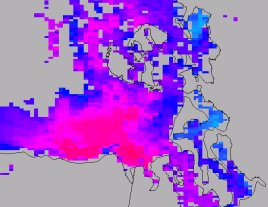 |
||
| More information concerning the remotely sensed data and risk analysis | |||
| Back to Top | Vegetation |
Statewide Risk
Medium |
|
| This is the critical time for growth in our state forests. These graphic illustrate an estimate of the activity of vegetation growth. | |||
 |
 |
||
| More information concerning the remotely sensed data and risk analysis | |||
| PREPARDNESS | These conditions are monitored in order to prepare for risk and assist in mitigation. |
| Back to Top | Biological Burial |
|
|
| The current dry condition along with low stream flow offer a generally positive set of options for preparing mitigative actions to the large scale disposal of biolgical waste. Local managers must consider numerious factors when prepareing for such events. The graphics below illustrate area the exhibit dryer the normal conditions while being distant from major urban areas. | |||
 |
 |
||
| More information concerning the remotely sensed data and risk analysis | |||